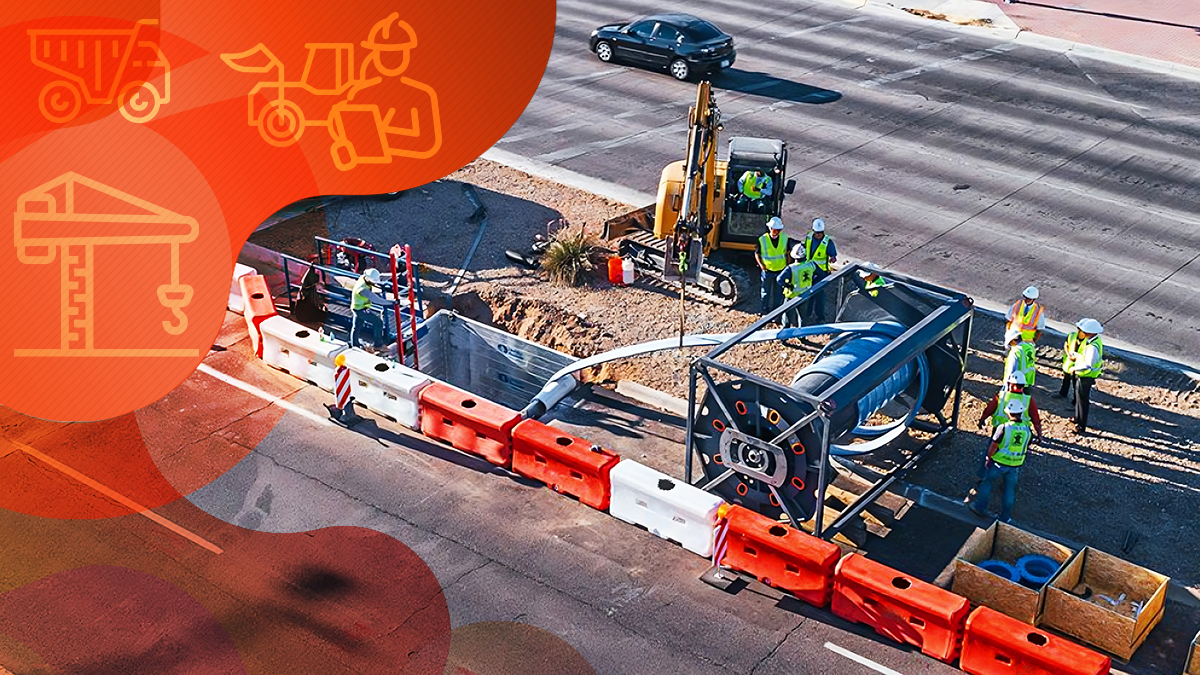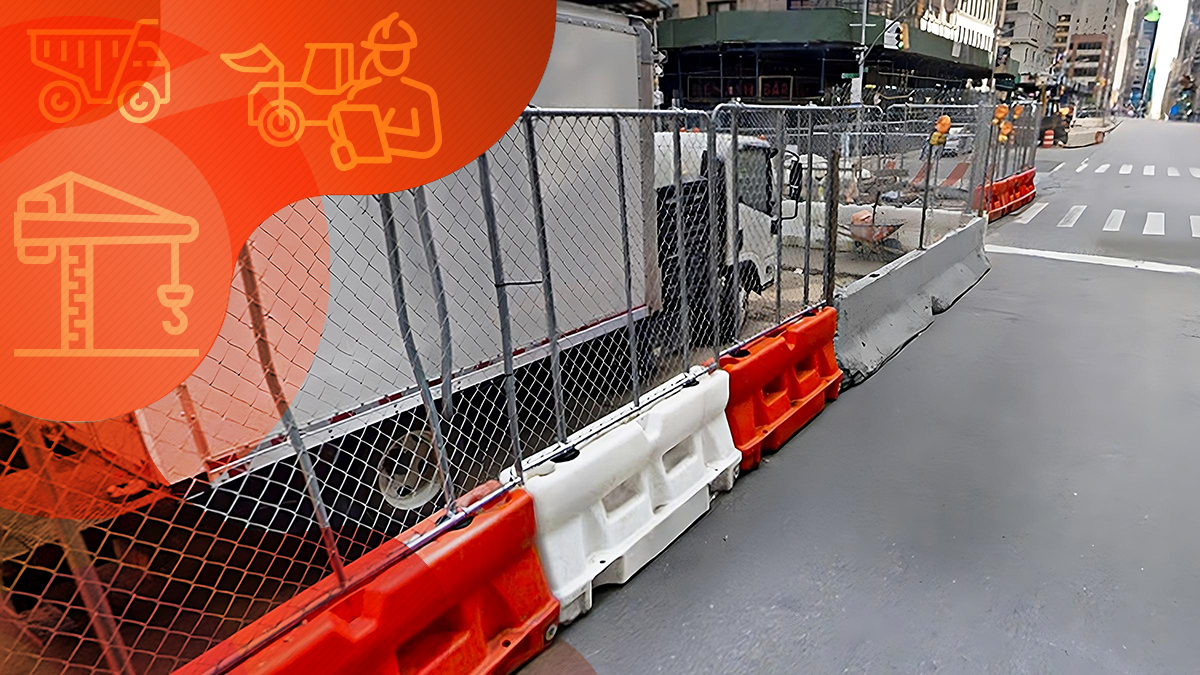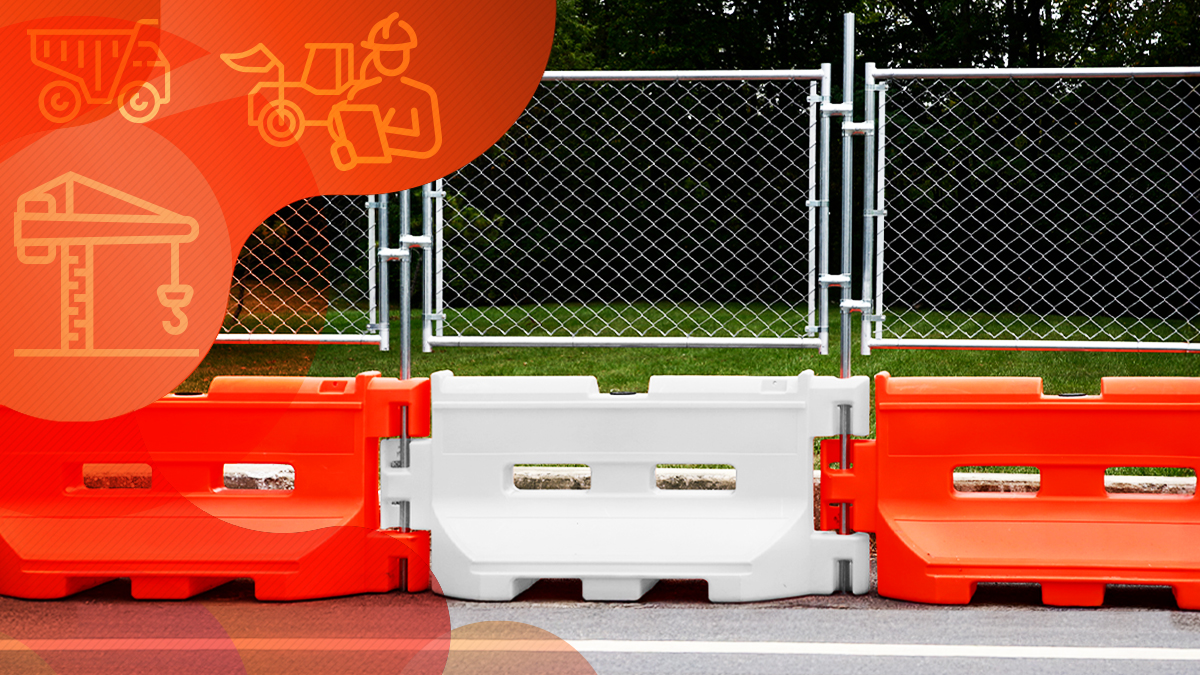How to Repair Chain-link Fence: A Complete Guide
From assessing damage to replacing mesh or posts, keep your fence in top shape with these expert tips.

Fixing chain-link fence issues can save handy DIYers a considerable amount of money. Ranked as one of the most secure barrier types for residential and commercial use, these durable products keep family pets in a safe, designated space.
When deployed on construction sites and for other commercial uses, they can serve as a portable boundary, or the posts can be permanently fixed in place.
While an exceptional investment in terms of safety and security, occasional fence repair may be necessary. In this guide, you’ll learn about the common issues and fundamental chain-link fence repair steps.
Assessing Fence Damage and Understanding How It Happened
Considering how durable these products are, fixing chain-link fence issues may seem almost counterintuitive. But the galvanized steel wire will be exposed to the elements and occasional hard impacts are unavoidable. And there is the matter of vandalism. That said, these are the most common reasons people need to repair chain-link fence problems.
- Weather: Harsh UV rays, intense heat and cold, as well as severe storms, have a debilitating effect on fencing.
- Hard Impacts: On job sites, contact with heavy equipment and falling debris are the leading causes of damage to fencing mesh and posts.
- Vandalism: Deliberate damage, such as cutting or bending the mesh, can lead to visible signs of wear and tear.
It’s also important to take a long look at the galvanized coating or type of mesh. Not all products are created equally.
If the mesh appears dented and loose, it’s likely suffered a hard impact. Sheer cuts are often the result of someone deliberately using a cutting tool.
If you notice the posts are sunken or leaning, check the footings to see if they are adequate. In other cases, soggy soil may allow the taut chain-link mesh to pull them one way or another.
Knowing the root cause aids people in fixing chain-link fence damage. It also helps in terms of implementing ongoing maintenance and upkeep to avoid spending time and energy on fence repair that could be used elsewhere.
Common Problems with Chain-link Fences
Identifying why you need to repair your temporary fence helps you better understand how to prevent future issues. These are ways to categorize damage and prepare your next steps.
- Rust: When the galvanized coating wears off over time or from abrasions and impacts, the underlying metal rusts. This means you may need to remove the rust, recoat the mesh or replace sections.
- Hard Impact: A hard impact may result in stretched linkage or frayed sections of mesh and post. Be prepared to perform both types of fence repair.
- Loose Accessories: Replacing chain-link fencing accessories is usually a better strategy then trying to fix them. Check items such as brace bands, tension bands, post caps, tension bars, gate hinges, line post tops, and tension wires, among others, to see if they are failing.
Based on the damage, you can make a list of the tools and materials you will need to fix the issues you've identified.
How to Fix Chain-link Mesh: Step by Step
The first step in any fence repair project involves gathering the tools you’ll need to perform the necessary tasks. The tools required to fix chain-link mesh usually include pliers, a power drill with screwdriver bits, a metal cutter, measuring tape, wire cutters, and protective gloves.
Put together a list of all the accessories and the amount of mesh you’ll need. Once you have everything on site, follow these steps.
Remove the Damaged Mesh
Identify the damaged section of your chain-link fence panel, including a margin of one or two links on either side of the damage. Use the pliers to straighten the wire ends at the top and bottom of the fence. Uncouple any accessories holding that area in place.
Twist up the wire connecting the damaged area to the rest of the fence, unweaving that section of chain-link. Set the wire aside.


Measure and Cut Replacement Mesh
If the chain-link section has not been stretched, you can use it as a guide to measure a replacement. If it has been affected, measure the area it will need to cover.
Cut the replacement piece a link or two longer than required. Remove this section from the roll by twisting up the connecting wire, just as you did with the damaged area.
Replace the Wire Mesh
Start by hanging the mesh from the top rail. Use clips and accessories to secure it from the top.
Take the wire that was set aside previously and use it to weave the new mesh with the existing mesh.
Once the mesh is woven into place, secure it to the top, bottom, and side rails, pulling it taut and fastening it with wire ties. If the replacement piece is longer than necessary, remove the excess links by unweaving the extra wires.
How to Replace Chain-link Fence Driven Posts
Repairing chain-link fence posts also starts with gathering the necessary tools and materials.
For a fence post replacement, your tools will include an adjustable wrench, heavy-duty pliers, a shovel, a post-hole digger, and a level.
For materials, gather another post, post cap, and a saw with a metal-cutting blade. This is how to repair chain-link fence posts.
Untie the Existing Mesh
Remove any clips and accessories using pliers, an adjustable wrench, or wire cutters as needed.
Remove the Existing Fence Post
Loosen the soil around the damaged fence post by wiggling it until it becomes easier to pull up.
Prepare the New Post
Cut the galvanized steel pipe to the correct size using the old post as a reference if it's not bent. If the old post is bent, measure one of the undamaged posts and add at least two feet to account for the portion that will be driven into the ground.
Prepare the Ground
If the soil around the hole has fallen in or become too loose, fill the hole completely and compact the ground. After compacting, use a post driver to dig a new hole that is at least 2 feet deep. If the existing hole seems intact after removing the post, it can be repurposed.


Attach Mesh to the New Post
Insert the new post into the hole and begin compacting the ground around it. Use a level to ensure the post is standing straight and adjust as necessary while compacting the ground.
Finally, reattach the chain-link mesh to the post using tension bands and wires, pulling it taut.
How to Dispose of the Old Mesh & Posts
If your damaged chain-link fence is not rusted, it can be recycled. You can disassemble the parts and separate them. Tie the posts together, place the outdated accessories in a bag, roll out the wire mesh and bind it together. In some areas, galvanized steel can be part of your recycling pickup.
You may need to give the disposal company or municipality a heads-up if you have a lot of recyclable material. In other cases, drive it to the local landfill and drop it off in the area that deals with recyclables. However, chain-link fencing materials that are rife with rust are usually landfill fodder.
Avoid Typical Chain-link Fence Problems with Ongoing Maintenance
A galvanized chain-link fence that is exposed to the weather can last upwards of 20 years. Temporary products that are stored properly and deployed to construction sites and events can last even longer.
It only takes a few routine steps to maximize the life of a chain-link fence. Consider reading this maintenance guide and checklist to extend the life of your chain-link and save money on repairs.
Trend now

Reducing Impact Damage with Water-Filled Plastic Jersey Barriers
Understanding the effects of barrier materials on vehicles and their occupants can help improve road safety.

Choosing Between Concrete or Plastic Jersey Barriers
Not all barriers are built the same. Here’s what to know before choosing between plastic and concrete.

Advantages of Water Barriers with Fence Toppers
Learn how a fence topper transforms water barriers into a more secure, private, and effective work site solution.

